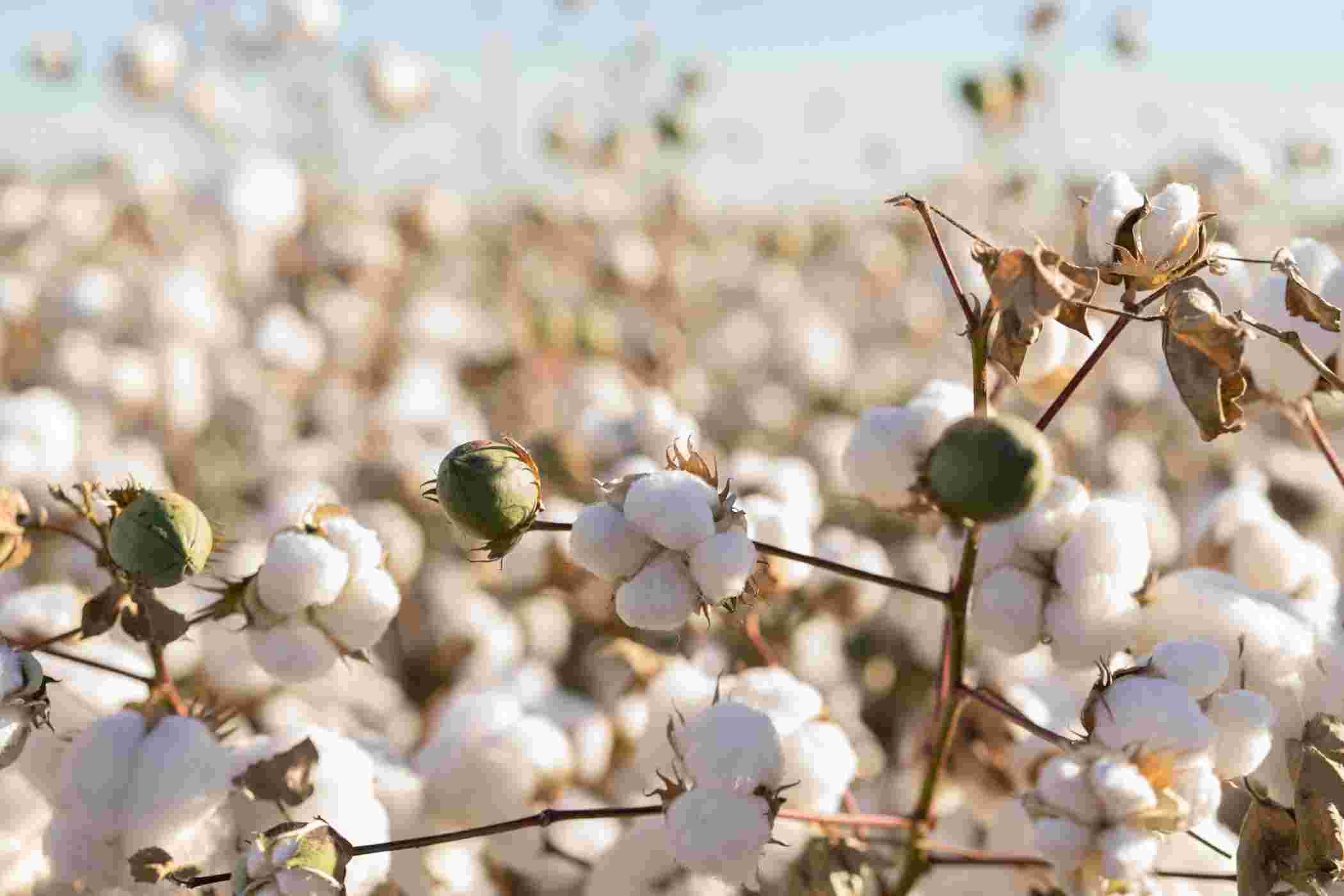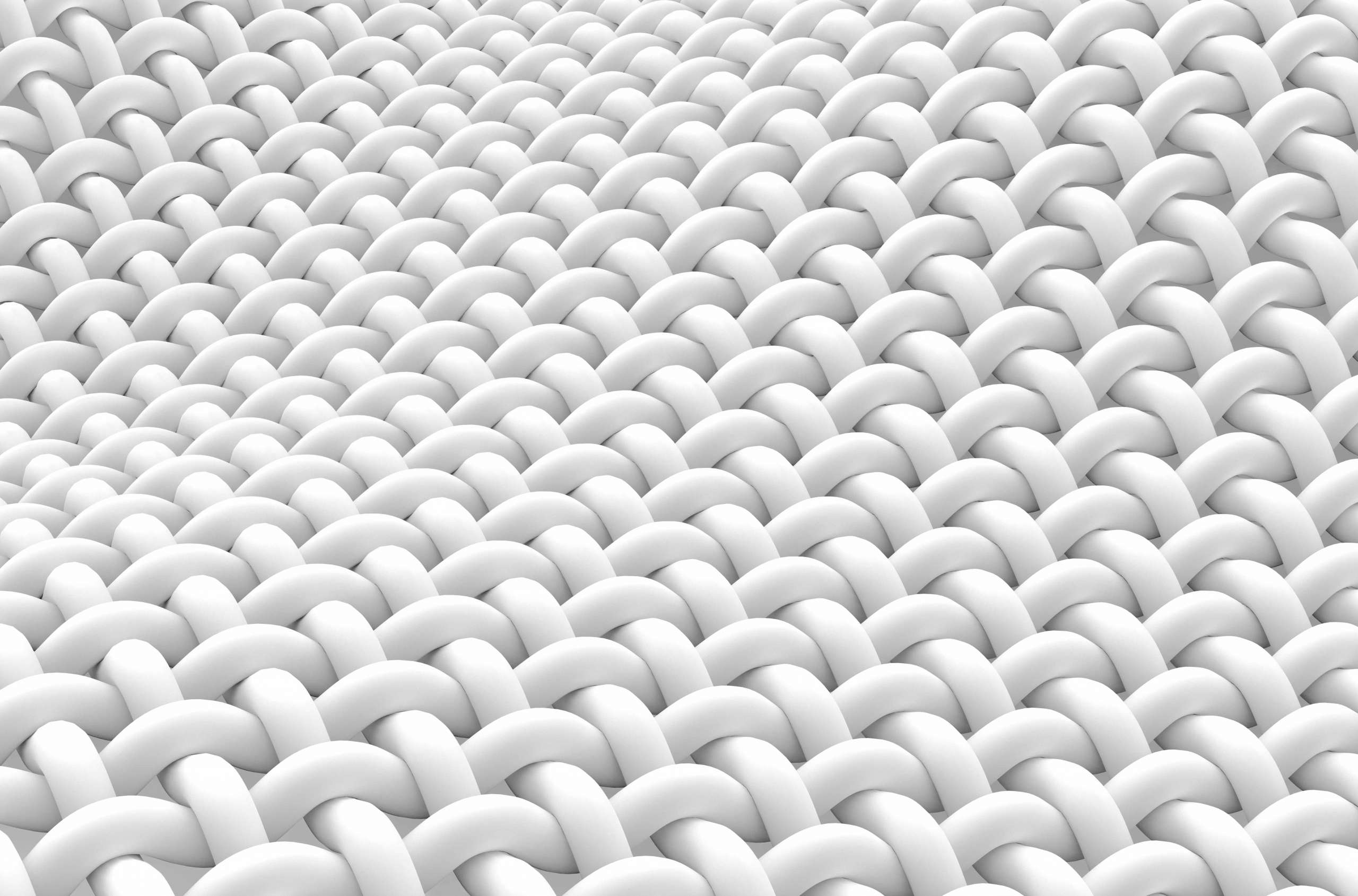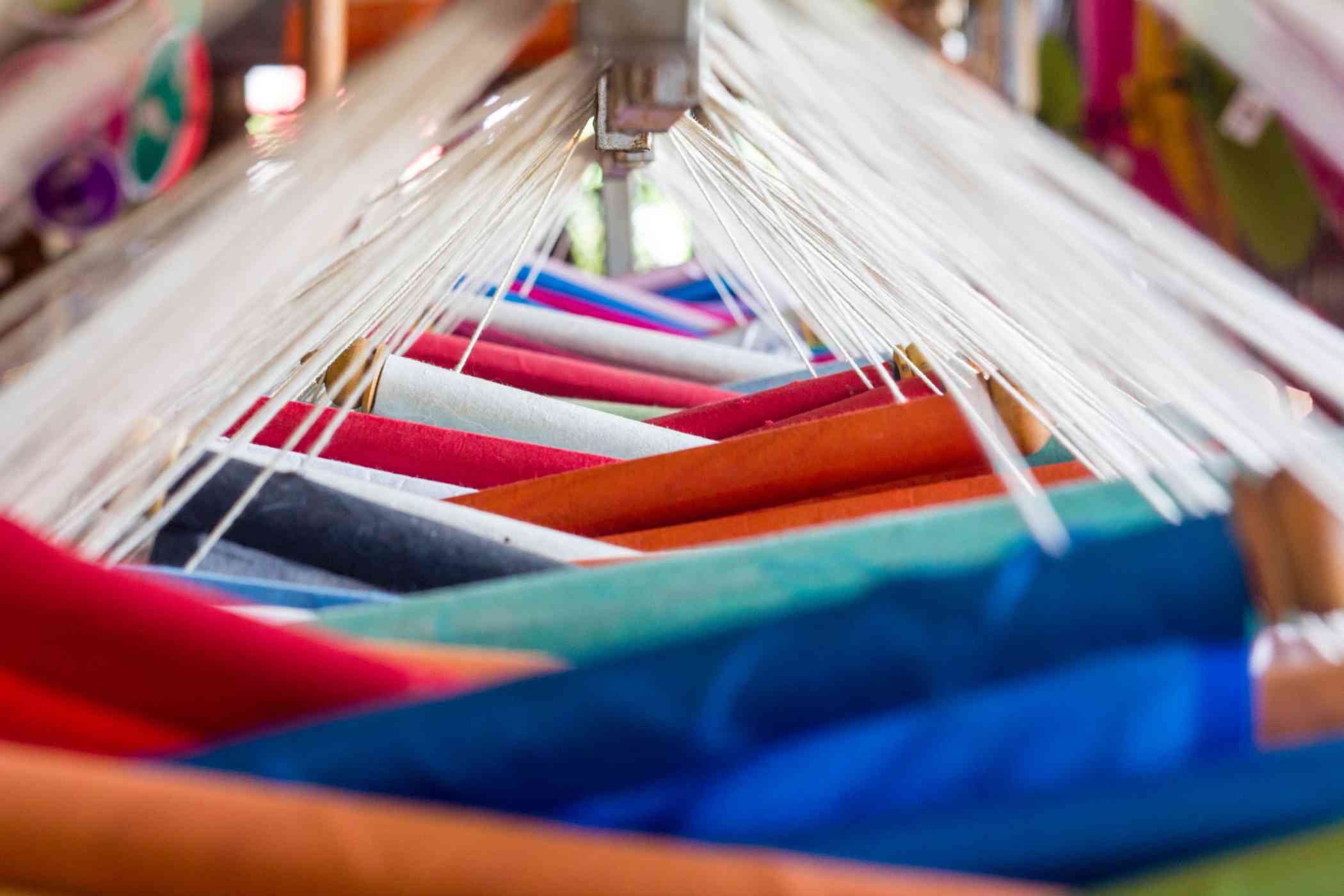PVC Fabric Analysis

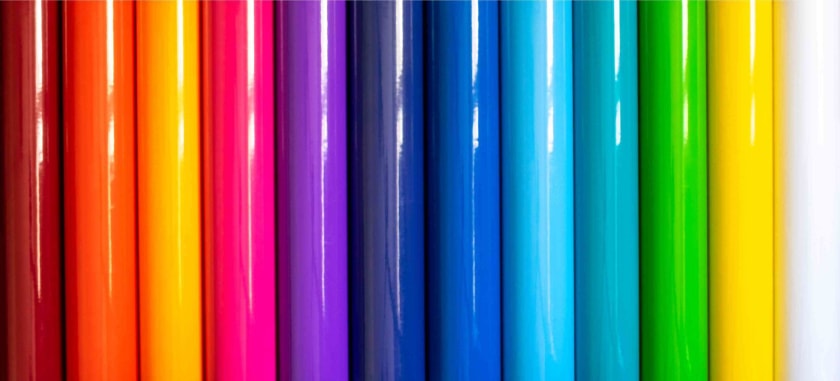

PVC fabric is a strong and synthetic fabric that has a full polyester smooth polyvinyl chloride coating. Also known as vinyl clothing, these fabrics are versatile, flexible, water-resistant, durable, and preferred by most manufacturers.
These inherent qualities of PVC fabrics make them popular in marine environments but not in aerospace industries. They have a variety of exciting characteristics:
Composition of PVC Fabric
PVC has a strong chemical composition due to the tight bond formed between two essential substances: chlorine and ethylene, where chlorine is derived from salt and ethylene from crude oil.
Both these chemicals are combined to form ethylene dichloride. This resultant compound undergoes polymerization at high temperatures. After polymerization, it forms polyvinyl chloride powder resin.
PVC fabric is also designed in several bright colors such as red, pink, black, orange, navy blue, silver, and so on, to add a visual appeal to the material.
Characteristics of PVC Fabrics
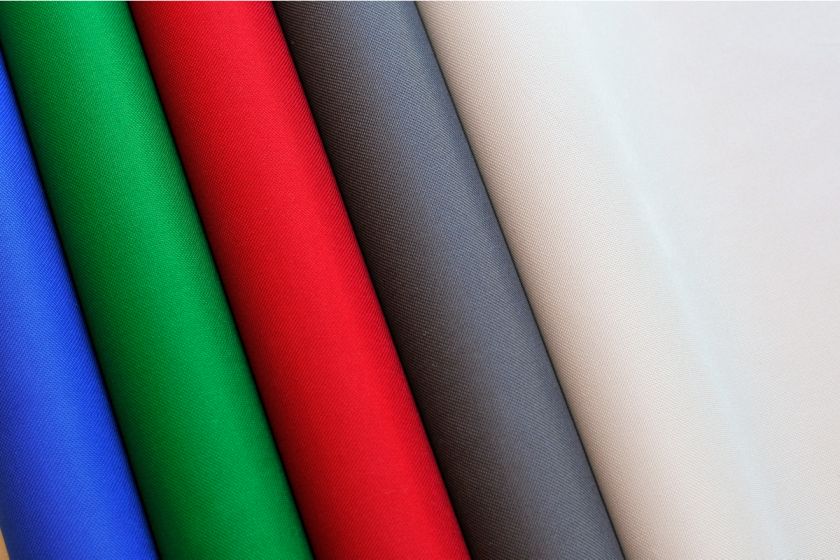
When it comes to the best synthetic technical fabrics, PVC fabrics are among the most versatile. This is why they have a wide range of applications in awnings, sports clothing, space vehicles, equipment, and fire protective suits.
- PVC fabric is used to make automobile components as well as in military commercials.
- PVC production requires less energy compared to other industrial fabric types. This is why PVC Vinyl fabrics are cost-effective.
- In terms of its structure, PVC contains halogens such as fluorine and chlorine, which give it a stable and amorphous structure. For the same reason, PVC is resistant to stressors such as flame, oil, and explosive chemicals.
Qualities of PVC Vinyl Fabrics
PVC Vinyl is known for its physical structure rather than its chemical composition.
Why do other fabrics find it hard to compete with PVC fabrics? This is because of the aforementioned chemical stability of the essential compounds in PVC. Other factors include:
- Resistive To Flames: PVC Fabrics are highly resistant to flames as they have a high ignition temperature of 455 degrees.
- Resistive To inflammable Chemicals and Oils: PVC Fabrics are hard to dissolve in most organic solvents.
- Chemically Stable: – PVC has a stable chemical composition with zero change in molecular structure.
- Mouldable And Processable: As PVC fabrics are pure polyester, giving them the desired shape is easy. The solid exterior surfaces bind the shape for a long time.
Where is PVC Fabric Used?
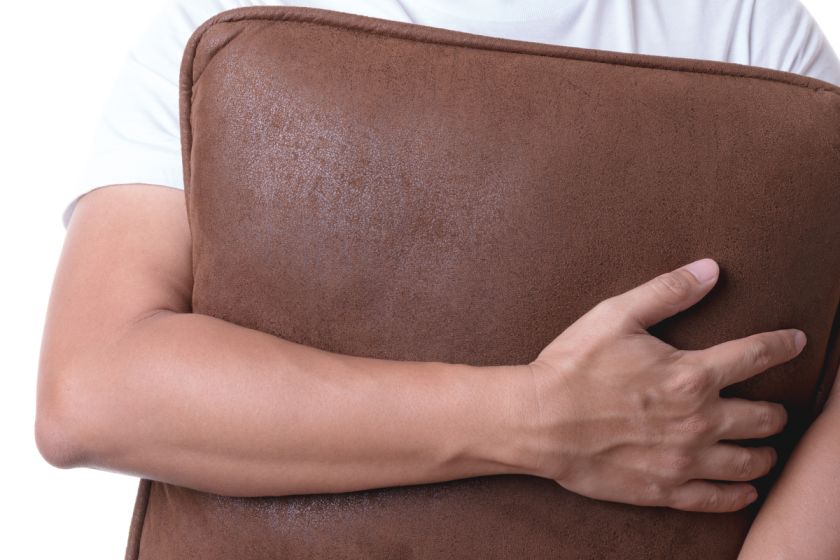
PVC Fabrics find applications in a wide range of areas. The type of PVC used changes as per the requirement in different contexts. These areas include:
- Transportation: Automobiles tarps/covers/sidewalls.
- Construction: Tarps, oil booms, commercial sewing.
- Amusement/recreation: Tents/awnings, inflatables, pool covers, boat/pontoon/ATV covers.
- Athletics: Athletic mats, gym units, and yoga mats. Doors and loading docks.
- Food service and restaurants: Patio enclosures, equipment covers.
Types of PVC Additives
PVC in its natural state is extremely brittle and exhibits white coloration. Also, it's susceptible to environmental damage.
The modification in the chemical properties of the polymer is due to the additives. This modification is for increased durability and flexibility, or as per the specific requirements. Its additives are responsible for the different types of PVC.
Some of the most popular additives include:
Plasticizers
PVC is a tough substance that is brittle without the addition of plasticizers. Plasticizers make PVC more pliable and flexible by decreasing the bond strength with molecular changes.
Common plasticizers are:
- Diisodecyl adipate (DIDA)
- Diisononyl Phthalate (DINP)
- Dioctyl sebacate (DOS)
- Dioctyl Terephthalate (DOTP)
- Dioctyl adipate (DOA)
- Epoxy fatty acid
- Monoesters
- Trioctyl Trimellitate (TOTM)
Flame Retardants
Flame retardants are substances that break off flames and curb smoke. The flame retardant additives in PVC help protect the structural integrity of the plastic material.
PVC starts to lose its structural integrity when it's exposed to temperatures over 100 degrees Celsius. The addition of stabilizers helps to maintain the stability and structure of the fabric even in high-temperature conditions.
- Antimony trioxide (ATO)
- Heat Stabilizers
- Decabromodiphenyl ethane
- Tri (butoxy ethyl) phosphate (TBEP)
- Zinc borate
Pigments
Pure polyvinyl chloride is white. However, material suppliers can customize the material color by adding pigments. This capability allows them to differentiate between various PVC compounds for different applications by color.
The pigments that add beauty to the fabric include:
· Titanium dioxide (TiO2)
· Naphthol red 210
· Zinc sulfide (ZnS)
· Zinc oxide (ZnO)
Evolution of PVC from a Construction Material to a Fashion Statement
Due to their water resistance and high tolerance to chemicals, dirt, UV light, and general abrasion, PVC fabrics are the material of choice for making protective clothing, such as the gear and uniforms of astronauts and firefighters.
The versatility of PVC fabrics has given fashion designers an innovative opportunity to create trendy garments. The synthetic leather engineered from PVC fabrics is the perfect alternative to traditional leather since it is animal-friendly. This vegan leather is useful for making jackets, bags, and shoes.
PVC is also utilized to make athletes' shoes that provide shock absorbance, support, comfort, and strength in the most challenging situations.
PVC fabrics have also paved the way for smart clothing and wearable technology by combining the fabrics with LED lights, sensors, and conductors.
Caring for PVC Fabrics
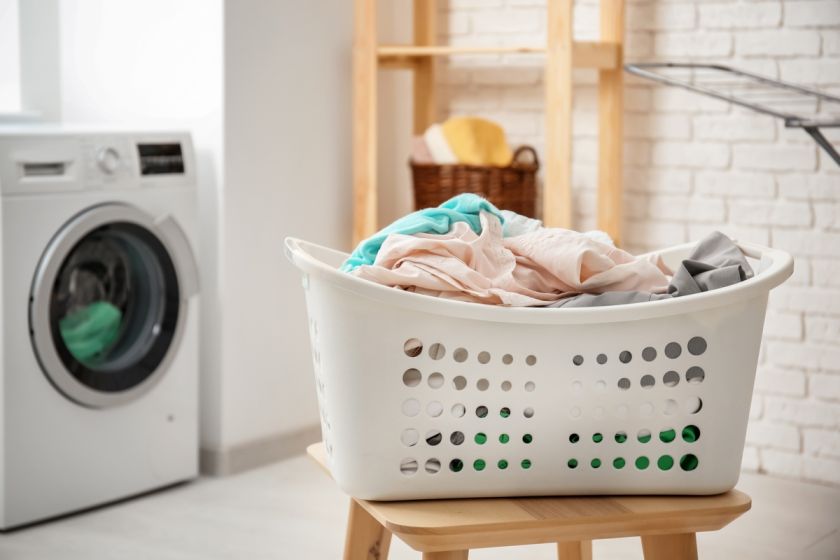
1. Avoid over-stretching the fabric to prevent damage to the plastic layer. It causes the outer plastic layer to lose its texture and original shine or even tear.
2. Freshen the inner area using a fabric refresher and wipe the outside plastic area with a damp sponge to clean the fabric.
3. If the cloth gets soiled, only hand-wash it using warm water and a tiny amount of liquid detergent. Avoid washing powder as the flakes stay on the fabric after the wash and stick to the outer layer.
4. Avoid ironing PVC cloth since doing so causes damage.
5. To polish the PVC fabric, use a liquid silicone spray.
6. Store the PVC fabrics separate from each other as they can get stained.
The Future of PVC Fabrics
Most PVC fabrics retain their color, quality, and texture for several years, making them more sustainable alternatives to other fabrics. The PVC industry has created cutting-edge technology through pioneering and creative ideas, making the fabric ready for the ramp.At Fashinza, we help apparel brands right from design and manufacturing to delivery of their collections by connecting them with suppliers. We allow them to place and track orders, receive production updates, communicate with manufacturers, and make payments. We aim to make the garment manufacturing process transparent, fast, and hassle-free for brands.















